What Is SAP Analytics Cloud?
4.9 out of 5 based on 9874 votesLast updated on 22nd Mar 2024 16.8K Views
- Bookmark

Discover the power of SAP Analytics Cloud: intuitive analytics, data visualization, planning, and predictive capabilities in one platform.

Introduction
In today's fast-paced business landscape, data has become a critical asset for organizations seeking to gain a competitive edge. SAP Analytics Cloud (SAC) emerges as a powerful solution, offering a comprehensive suite of analytics capabilities tailored to meet the evolving needs of modern businesses. From financial planning to supply chain management, SAC empowers organizations to harness the power of data-driven insights to drive innovation and achieve strategic goals. Aspiring professionals can join a SAP Course to learn more about this robust platform and make significant career advancements.
This section provides detailed insight into the SAP Analytics Cloud. Read this section to know more.
All about SAP Analytics Cloud
SAP Analytics Cloud (SAC) is a powerful cloud-based analytics tool developed by SAP, a leading enterprise software company. It offers a comprehensive suite of analytics capabilities including business intelligence, predictive analytics, and planning.
SAP Analytics Cloud integrates data from various sources such as SAP systems, third-party applications, databases, and cloud storage, allowing users to analyse data from multiple perspectives. Its user-friendly interface enables users to create interactive visualizations, dashboards, and reports without requiring extensive technical expertise.
One of the key features of SAP Analytics Cloud is its ability to perform advanced analytics tasks such as predictive modelling and machine learning. Users can leverage these capabilities to gain deeper insights into their data and make more informed business decisions.
Furthermore, SAP Analytics Cloud supports collaborative analytics, allowing multiple users to work together on the same dataset in real-time. This fosters collaboration and enhances decision-making processes within organizations.
Fundamentals Of The SAP Analytics Cloud
SAP Analytics Cloud (SAC) is a cloud-based analytics platform offering business intelligence, predictive analytics, and planning capabilities. It integrates data from various sources for analysis and visualization, empowering users to create interactive dashboards and reports. SAC facilitates advanced analytics tasks like predictive modelling and machine learning. Aspiring professionals must consider checking the SAP Certification Cost and join a training program to develop industry-relevant skills and become certified professionals. It supports collaborative analytics, enabling real-time collaboration on datasets. Moreover, SAC serves as a comprehensive tool for businesses to gain insights, make informed decisions, and optimize performance.
Stories, Models And Data In SAP Analytics Cloud
In SAP Analytics Cloud (SAC), stories, models, and data form the foundation of the analytics process.
Stories
Stories in SAC are interactive presentations that contain visualizations, charts, tables, and other elements to convey insights from data. Users can create stories by selecting data visualizations and arranging them on canvases to tell a coherent narrative. Stories allow for the exploration and communication of data-driven insights, making it easier for decision-makers to understand complex information and trends.
Models
Models in SAC are representations of data structures that define how data is organized, stored, and processed within the platform. These models can be based on various data sources, including SAP systems, databases, and cloud storage. Users can create models to integrate, transform, and prepare data for analysis. SAC supports both live and imported data models, providing flexibility in data connectivity and processing.
Data
Data is the raw information that SAC analyses to generate insights and support decision-making. It can include structured and unstructured data from internal and external sources. SAC offers robust data connectivity capabilities, allowing users to access data from various systems and sources. Users can also perform data preparation tasks within SAC to clean, enrich, and transform data before analysis.
Overall, stories, models, and data are interconnected components of SAC that enable users to analyze, visualize, and communicate insights effectively, driving better decision-making and performance optimization within organizations.
Also Read This:
Smart Features And Planning Features In SAP Analytics Cloud
SAP Analytics Cloud (SAC) offers a range of smart features and planning capabilities to enhance data analysis, decision-making, and forecasting processes. The SAP Course trains aspiring SAP professionals to make the best use of the different features of SAC.
Let's explore these features in detail:
Smart Features
- Smart Insights: SAC utilizes machine learning algorithms to automatically generate insights from data. Smart Insights analyses trends, patterns, and anomalies within datasets, providing users with valuable information without requiring manual exploration.
- Smart Discovery: This feature enables users to uncover hidden insights and correlations in their data automatically. Smart Discovery identifies relevant factors influencing key metrics, helping users understand the drivers behind their data and make more informed decisions.
- Smart Predict: SAC's Smart Predict feature allows users to perform predictive analytics tasks without extensive data science expertise. It automates the process of building and deploying predictive models, enabling organizations to forecast future outcomes and anticipate trends based on historical data.
- Smart Assist: Smart Assist provides contextual recommendations and guidance to users as they interact with data within SAC. It suggests relevant visualizations, analysis techniques, and best practices to help users derive insights and optimize their analytics workflow.
- Smart Insights for Planning: In the planning module, SAC offers Smart Insights tailored specifically for forecasting and scenario planning. These insights help planners identify potential risks, opportunities, and trends that may impact future performance, facilitating more accurate and agile planning processes.
Planning Features
- Integrated Planning: SAC offers a comprehensive planning environment where users can create, collaborate on, and execute planning processes seamlessly. It integrates financial planning, budgeting, forecasting, and what-if analysis capabilities into a single platform, enabling organizations to align their plans with strategic objectives.
- Driver-Based Planning: SAC allows users to build planning models based on key business drivers and assumptions. By incorporating drivers such as sales volume, pricing, and costs into planning models, organizations can create more accurate and dynamic forecasts that reflect the underlying factors driving their business performance.
- Scenario Planning: SAC enables users to create multiple scenarios to assess the impact of different business decisions and external factors on their plans. Users can simulate various scenarios, such as best-case, worst-case, and most likely outcomes, to evaluate different strategies and mitigate risks effectively.
- Real-Time Collaboration: SAC supports real-time collaboration, allowing multiple users to work on planning models simultaneously. Users can share data, collaborate on assumptions, and track changes in real-time, fostering collaboration and alignment across departments and stakeholders.
- Workflow Management: SAC provides workflow management capabilities to streamline the planning process and ensure accountability and governance. Users can define workflows, assign tasks, and track progress throughout the planning cycle, enhancing transparency and control over planning activities.
Applications Of SAP Analytics Cloud
SAP Analytics Cloud (SAC) finds applications across various industries and business functions, empowering organizations to drive data-driven decision-making and achieve strategic objectives. The cost of SAP FICO Course is quite nominal and can be a great way to validate one’s skills and use this platform effectively.
- Financial Planning and Analysis (FP&A): SAC enables finance teams to streamline financial planning, budgeting, forecasting, and reporting processes. It provides real-time insights into financial performance, facilitates scenario analysis, and supports collaboration among stakeholders to optimize financial strategies.
- Sales and Marketing Analytics: SAC helps sales and marketing teams analyse customer behaviour, sales performance, and marketing campaigns. By leveraging SAC's predictive analytics and smart features, organizations can identify trends, target high-value customers, optimize pricing strategies, and enhance marketing ROI.
- Supply Chain Management: SAC enables supply chain professionals to monitor and optimize key supply chains metrics such as inventory levels, order fulfilment, and logistics performance. It provides visibility into supply chain operations, facilitates demand forecasting, and supports supply chain optimization initiatives to improve efficiency and reduce costs.
- Human Resources Analytics: SAC helps HR departments analyse workforce data, including employee turnover, recruitment effectiveness, performance metrics, and workforce diversity. By leveraging SAC's analytics capabilities, HR teams can make data-driven decisions to enhance talent management, optimize workforce planning, and improve employee engagement and retention.
- Operational Analytics: SAC supports operational analytics across various functions such as manufacturing, logistics, and maintenance. Organizations can monitor operational KPIs, identify bottlenecks, and optimize processes to improve productivity, reduce downtime, and enhance overall operational efficiency.
- Customer Experience (CX) Analytics: SAC enables organizations to analyse customer feedback, sentiment, and behaviour across multiple channels such as social media, surveys, and customer interactions. By gaining insights into customer preferences and satisfaction levels, businesses can personalize experiences, identify areas for improvement, and drive customer loyalty and retention.
- Risk and Compliance Management: SAC helps organizations assess and mitigate risks by analysing data related to compliance, fraud detection, and risk exposure. It supports regulatory compliance initiatives, detects anomalies and fraudulent activities, and enables proactive risk management strategies to safeguard business operations and reputation.
Conclusion
In summary, SAP Analytics Cloud (SAC) serves as a versatile tool with wide-ranging applications across industries and business functions. By leveraging SAC's advanced analytics capabilities, organizations can drive data-driven decision-making, optimize performance, and achieve their strategic objectives in an increasingly competitive and dynamic business environment.
Subscribe For Free Demo
Free Demo for Corporate & Online Trainings.
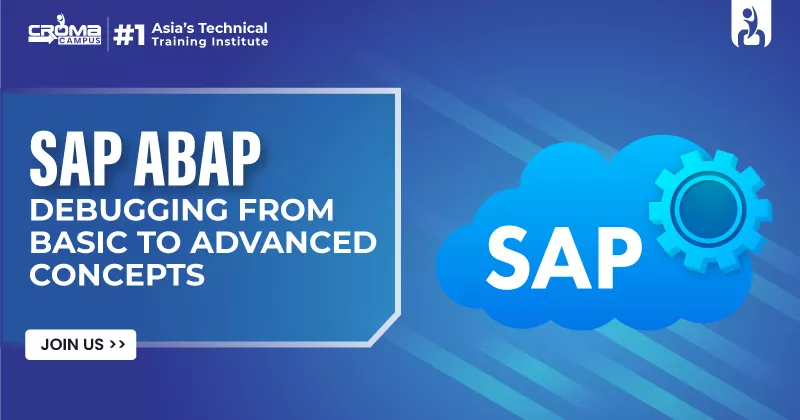
.webp)




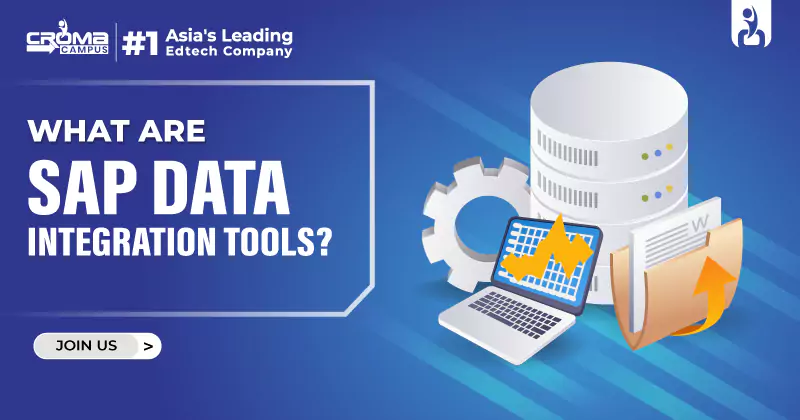
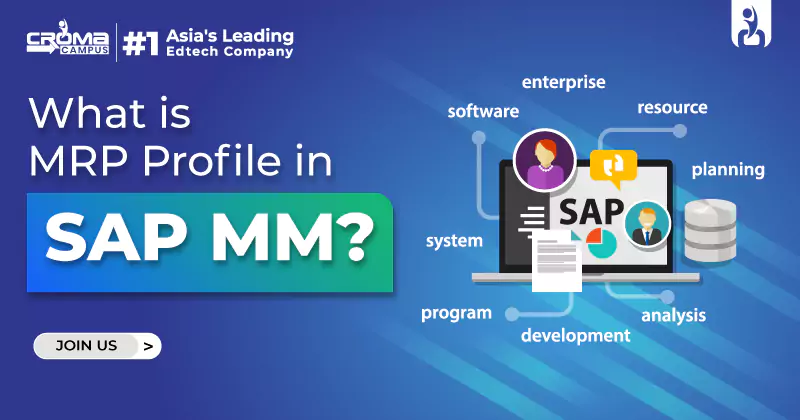
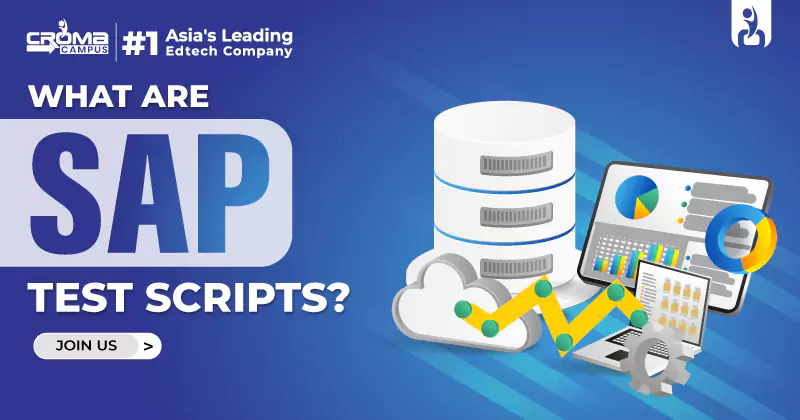
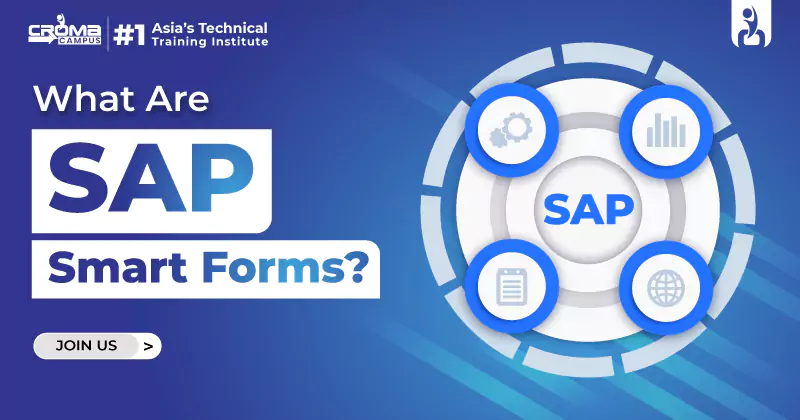















.webp)

.png)















